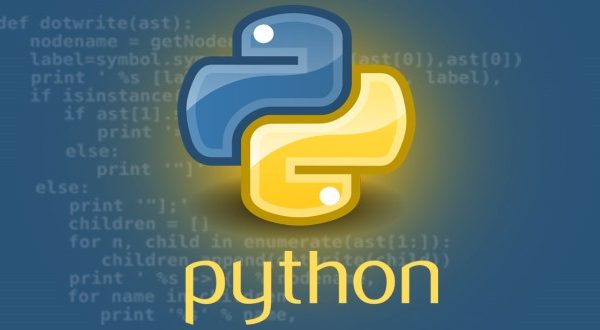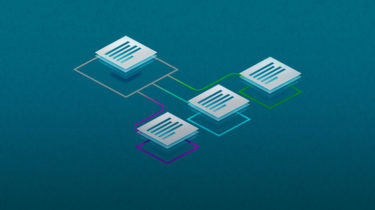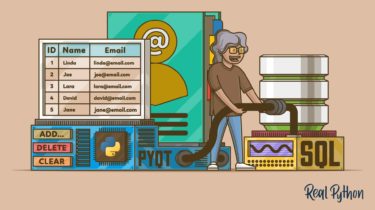Python: How to Print Without Newline or Space
Introduction The print() function in Python appends a newline to the output when displayed on the tty (teletypewriter A.K.A the terminal). When you don’t want your message displayed with newlines or with spaces, how can you change the behavior of print()? This can easily be achieved by altering the default values of the sep and end parameters of the print() function. Printing Without a Newline Until Python version 2.x, print was a reserved keyword that acts as a special statement. […]
Read more


